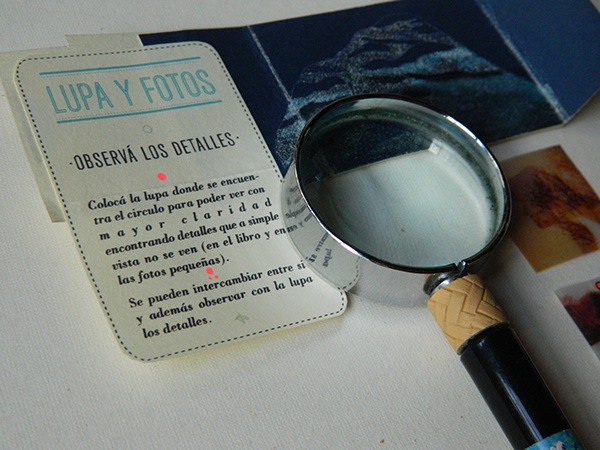WooCommerce Tutorials
Create Custom WooCommerce Thank You Page Using Page Builder (Elementor, Beaver, Visual Composer, Divi)
The thank you page (order received page) is the page that your customers see after placing an order. They are not visitors anymore, they are already customers. If you are leaving your thank you page as default, you may miss a chance to make more sales. In this post, I’m going to help you create […]


